5 positive changes you can make to your garden in 2021
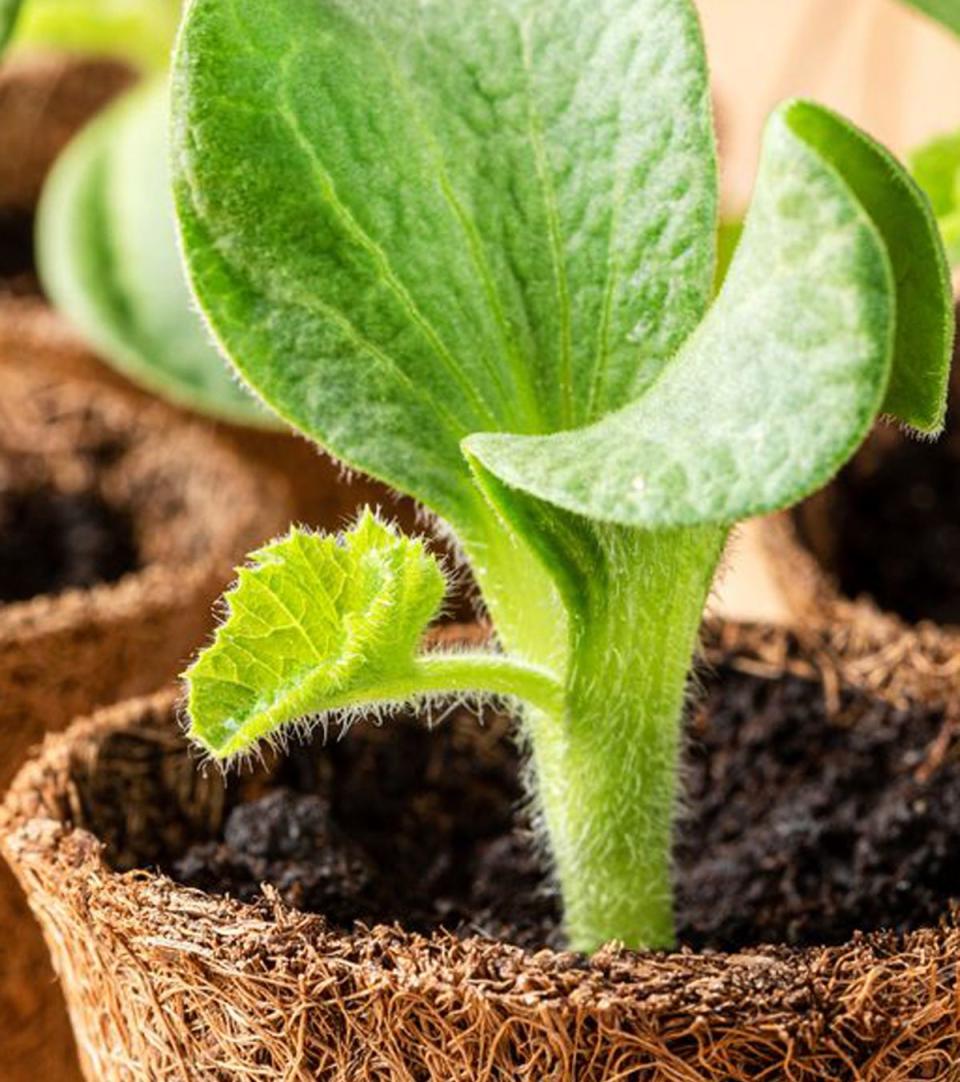
What positive changes can you make for your garden in 2021? January often brings the desire for major lifestyle changes and self-improvements, and there's no reason why that shouldn't extend to the home and garden too.
If you want to channel some positive energy into your gardening in 2021, the experts at The Greenhouse People have shared some key resolutions that will transform the way you garden…
1. Try your hand at upcycling
Extend upcycling in the home to your garden. Upcycling, where being eco-conscious and creative go hand in hand, is ideal for reducing waste in your garden and reusing items that would originally head for landfill.
Think about how you can use old pieces of furniture in the garden. 'Bathroom and kitchen renovations mean old tubs and sinks are regularly get sent for scrap, but these large items can make striking statement pieces when filled with flowers and foliage,' suggest The Greenhouse People.
Disused wooden crates and pallets are ideal for plants. Try hanging them vertically, creating an eye-catching tiered structure for small plants. You could also place them horizontally on the floor and fill with soil to create a miniature vegetable patch.
Additionally, old plastic sacks can be given a new purpose by lining hanging baskets of flowers.
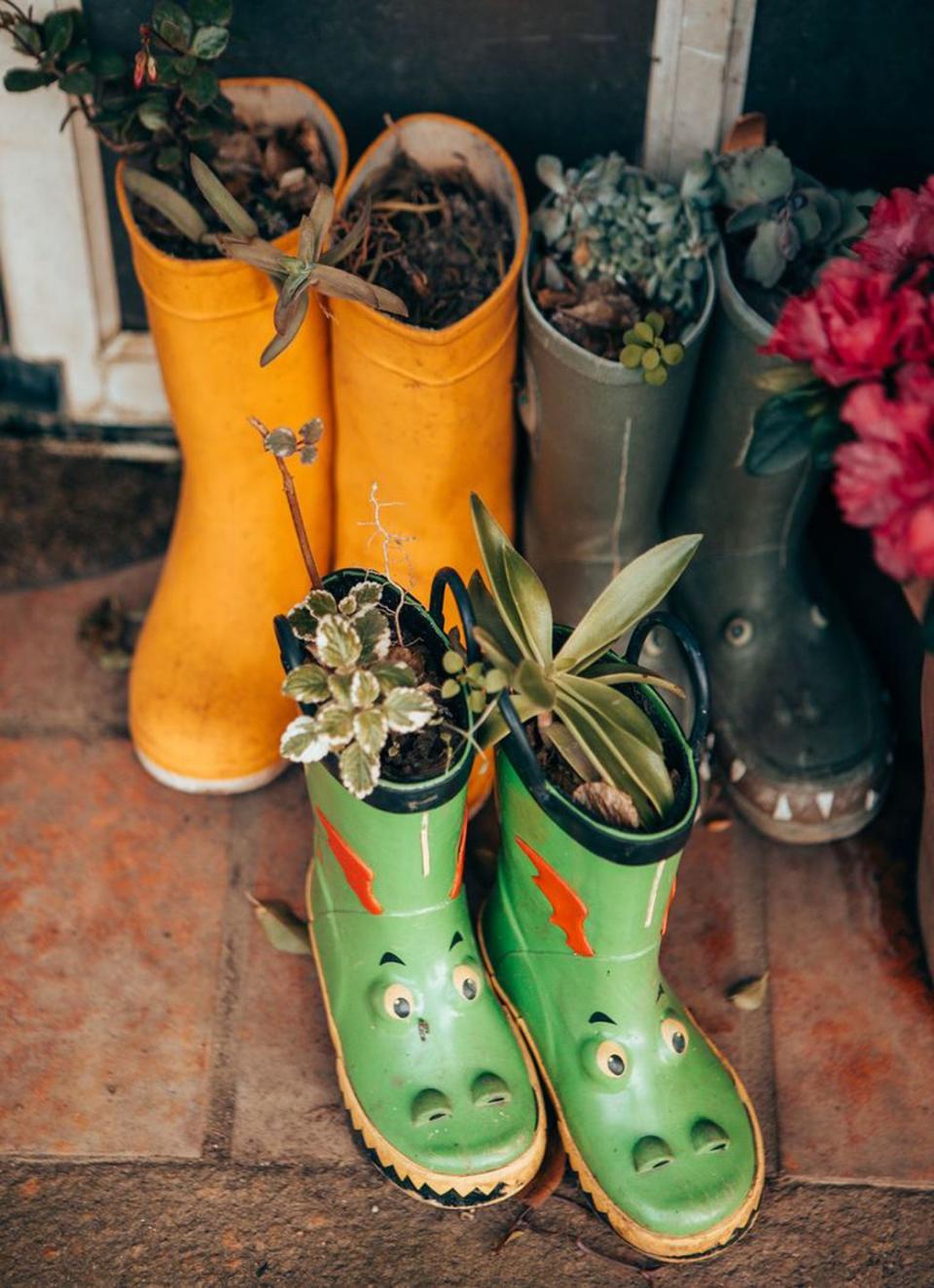
2. Embrace vegan gardening
Whether you're trying to eat less meat or moving to a plant-based diet, vegan principles can extend to gardening. (Read our guide on how to be a vegan gardener here).
Growing your own vegetables is a good start and it can save you money and cut your carbon footprint too. The good news: you don't need acres of land to grow your own. Portable containers, crates or pots are a great way to grow on any hard surface.
Of course, if you have the space, a greenhouse can increase your yield of fresh fruit and veg all year round with zero air miles. But if you have a small garden, legumes (runner beans, broad beans, French beans and peas), squashes and pumpkins are a great option as they make use of vertical space. Meanwhile, salad leaves, herbs and tomatoes grow well in boxes on balconies and patios. A lean-to greenhouse is also a great space-saving option if you lack square metres.
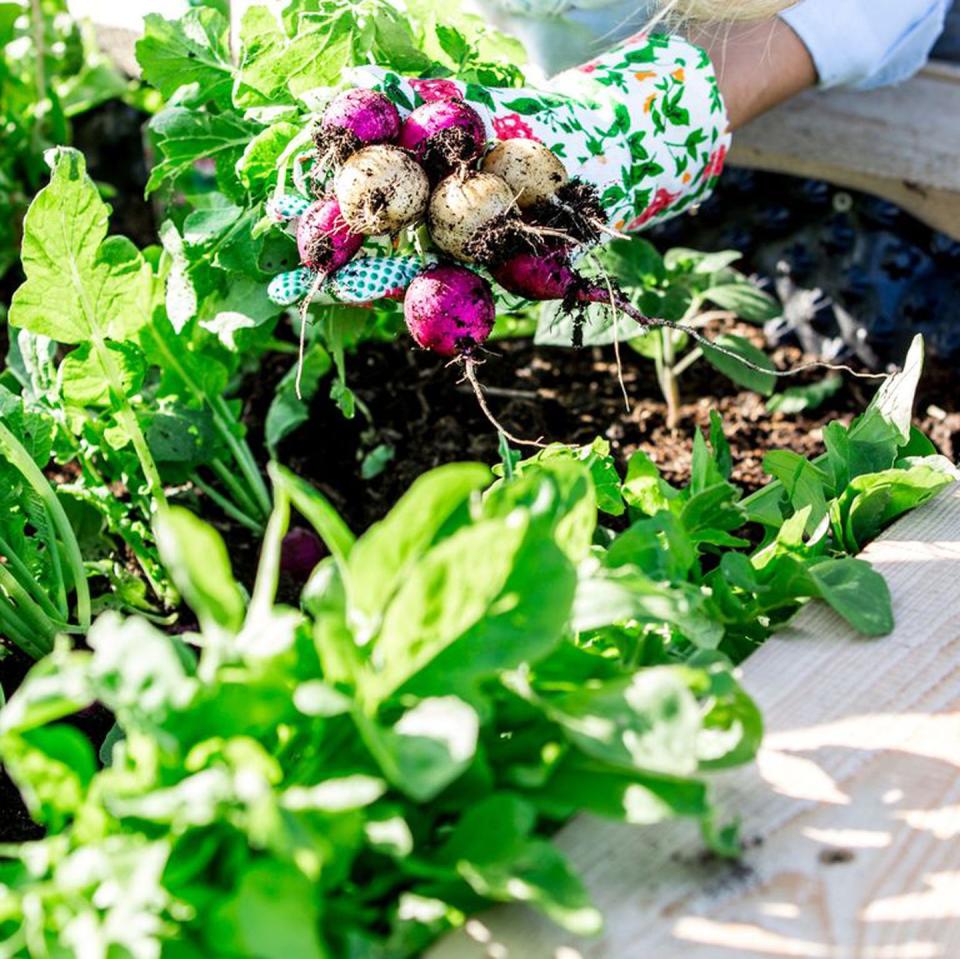
3. Make your own compost
Making your own compost is super easy and incredibly eco-friendly, and you'll be left with a nutrient-rich compost that you can feed your garden with all year. (Read the biggest do's and don'ts of creating your own garden compost here).
Start building a heap from kitchen and green waste in a corner of your garden, and use a larger container with drainage if possible.
The Greenhouse People explain: 'Layers is the ultimate way to get the most out of your compost: regularly add alternating layers of green (nitrogen-rich) materials like grass cuttings, weeds and uncooked vegetable peelings, and brown (carbon-rich) materials like leaves, wood chippings, shredded paper, cardboard, and sticks allows the compost to truly thrive.'
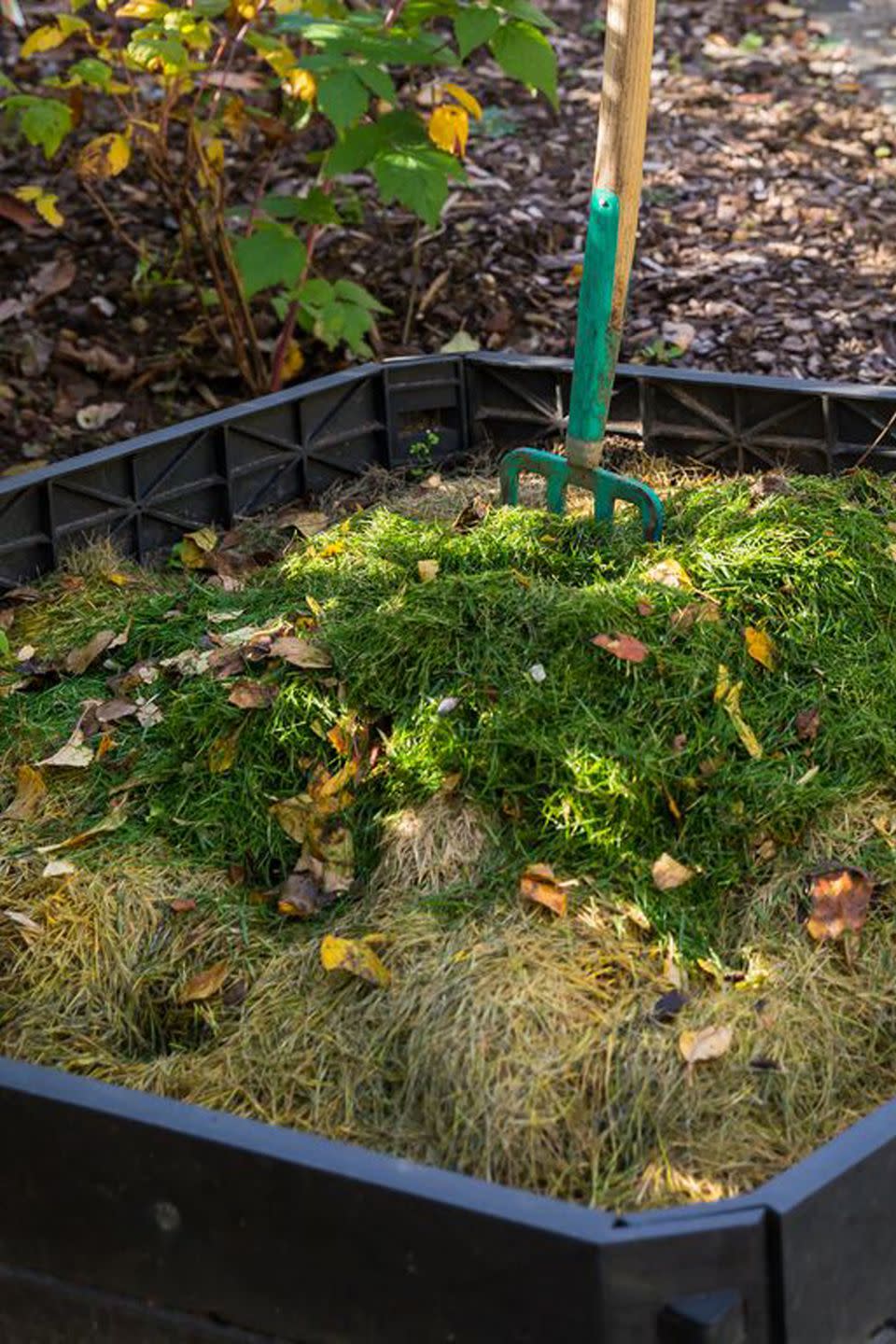
4. Go plastic-free
With more than 300 million tons of plastic being produced every year, the fight is on to reduce the impact of plastic on the environment. Plastic is often used in the garden and these items can take up to 450 years to biodegrade if they aren't recycled. (Read our guide on plastic-free garden ideas to help you reduce plastic waste).
The most effective way to reduce plastic in your garden is to simply stop buying it. More garden centres are offering biodegradable pots made using materials such as coir (from coconut husks), wood chips, rice husks and even seaweed. Terracotta also makes a great rustic alternative.
When it comes to gardening tools, opt for metal, which should far outlast plastic rivals.
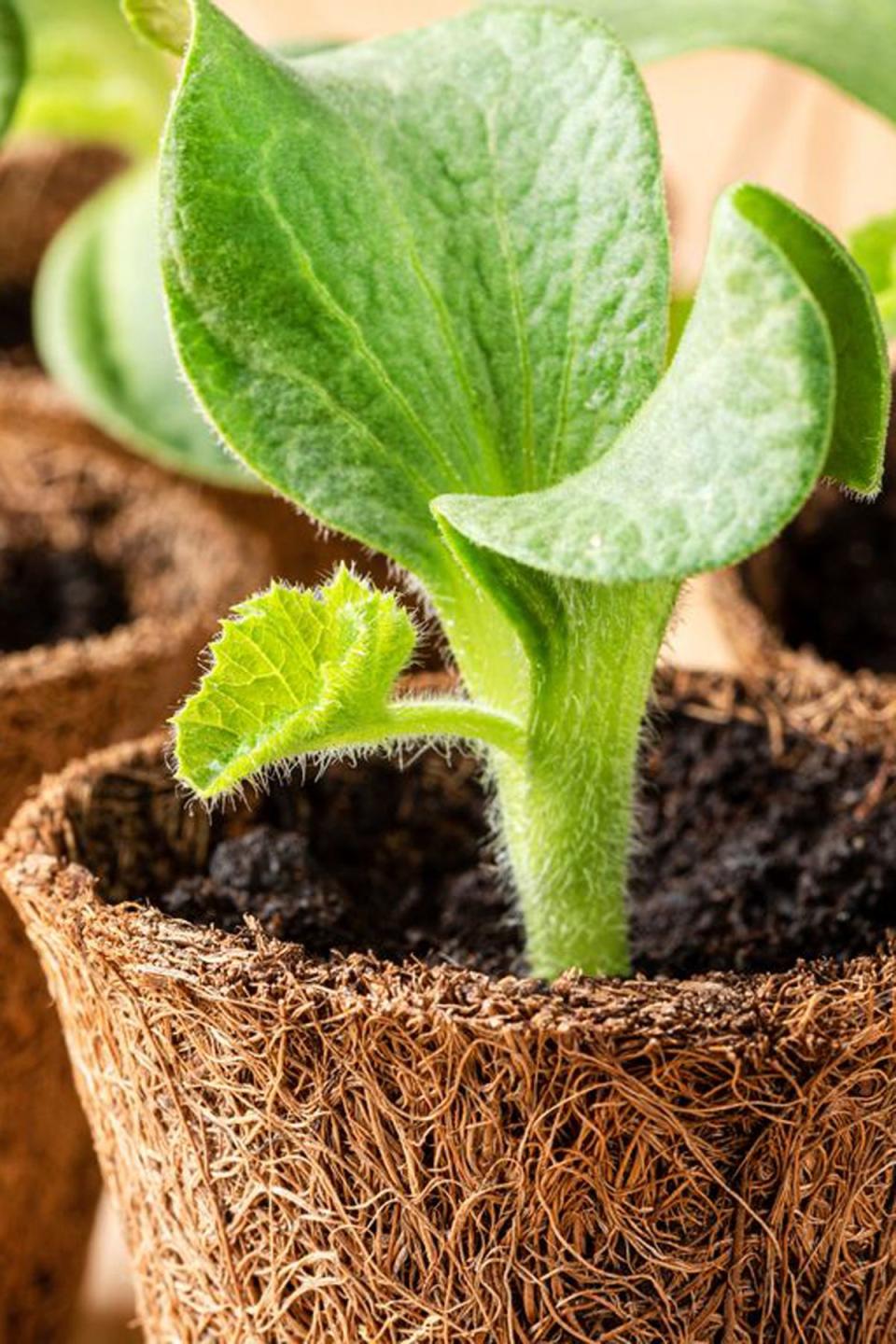
5. Save water
'In dry spells, always prioritise water-use by which plants need it most,' advise The Greenhouse People. 'Top of the list comes young plants, greenhouses, hanging baskets and window boxes. Teach self-reliance for older trees, lawns and hedges which can survive for longer periods.'
You should also consider buying a butt to collect rainwater to feed your plants and lawn. 'If you clean your dishes in a washing-up bowl, tip it on the garden after you're done – a little washing-up liquid won't do any harm,' The Greenhouse People add.
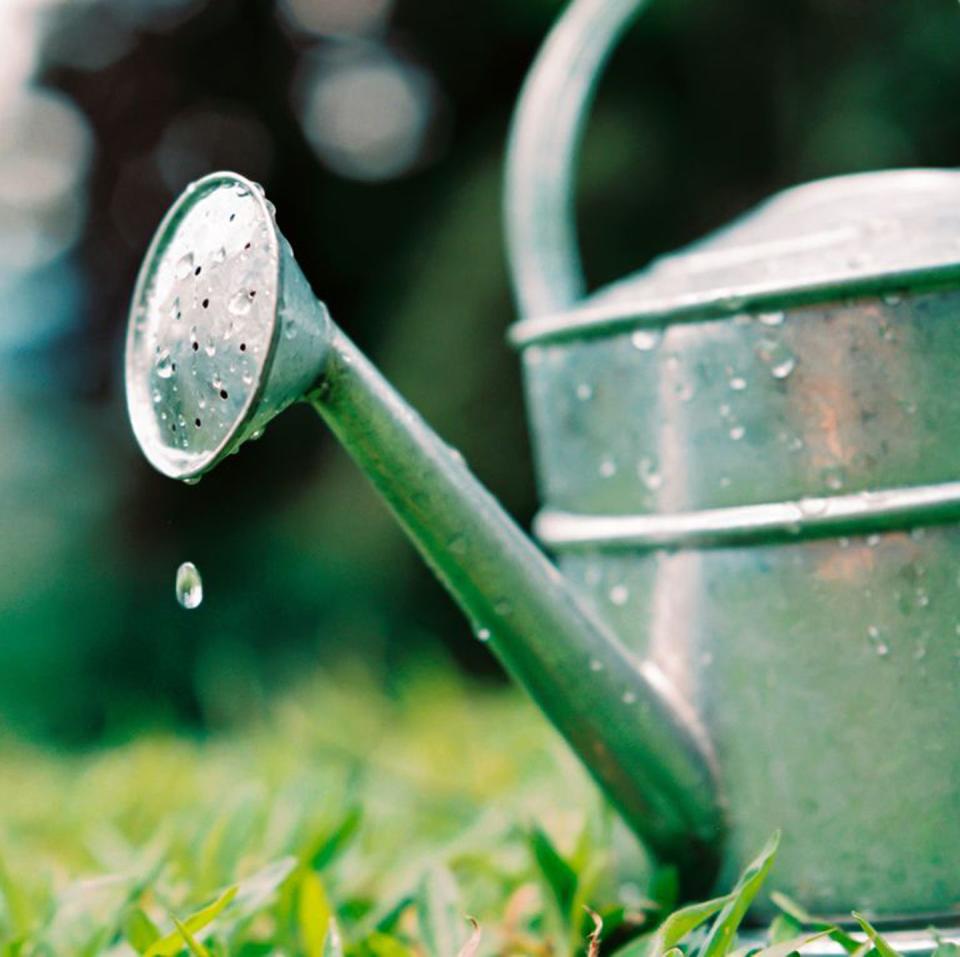
Like this article? Sign up to our newsletter to get more articles like this delivered straight to your inbox.
In need of some positivity or not able to make it to the shops? Subscribe to House Beautiful magazine today and get each issue delivered directly to your door.
You Might Also Like

 Yahoo Finance
Yahoo Finance 
